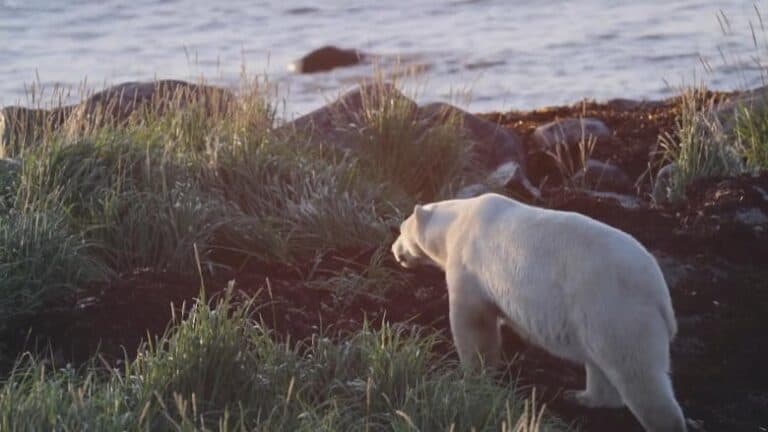Photo: The Seal River Watershed in northwest Manitoba is roughly the size of Nova Scotia, and is untouched wilderness. The Sayisi Dene community is leading an initiative to protect the watershed from industrial development. (Seal River Watershed Alliance)
In the far northwest of Manitoba, the Seal River flows 260 kilometres through the thick boreal forest into Hudson Bay. It’s the only major river in northern Manitoba without any dams. No roads lead to the river, and there’s only one human settlement in the river’s watershed.
That community, the Sayisi Dene, is leading an initiative along with neighbouring Dene, Cree and Inuit communities to protect the 50,000 square kilometres of the watershed. That’s an area of untouched wilderness roughly the size of Nova Scotia, which would be protected from industrial development if the community’s proposal is accepted.
“It is 99.97 per cent pristine. The watershed is actually fully intact. There are no disturbances, no industrial development in the watershed whatsoever,” said Stephanie Thorassie, executive director of the Seal River Watershed Alliance.
“And for those reasons, because of how remote we are, we are a little piece of heaven in the world that is a little bit unnoticed and we kind of like it.”
The federal government has noted that Indigenous-led proposals like the Seal River Watershed are crucial for Canada to meet its conservation goals. Canada has pledged to protect 30 per cent of its land and 30 per cent of its oceans by 2030. By the end of 2021, about 14 per cent of each were protected, according to Environment and Climate Change Canada.
With the UN biodiversity conference, COP15, kicking off in Montreal this week […]
Full article: How Indigenous-led conservation could help Canada meet its land and water protection targets

